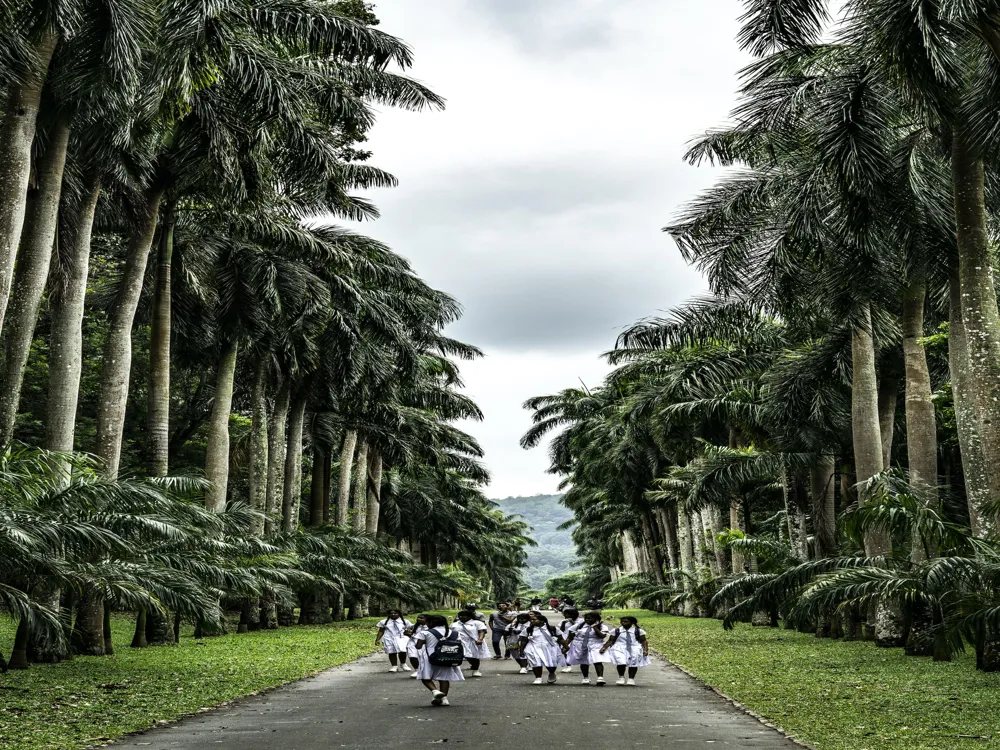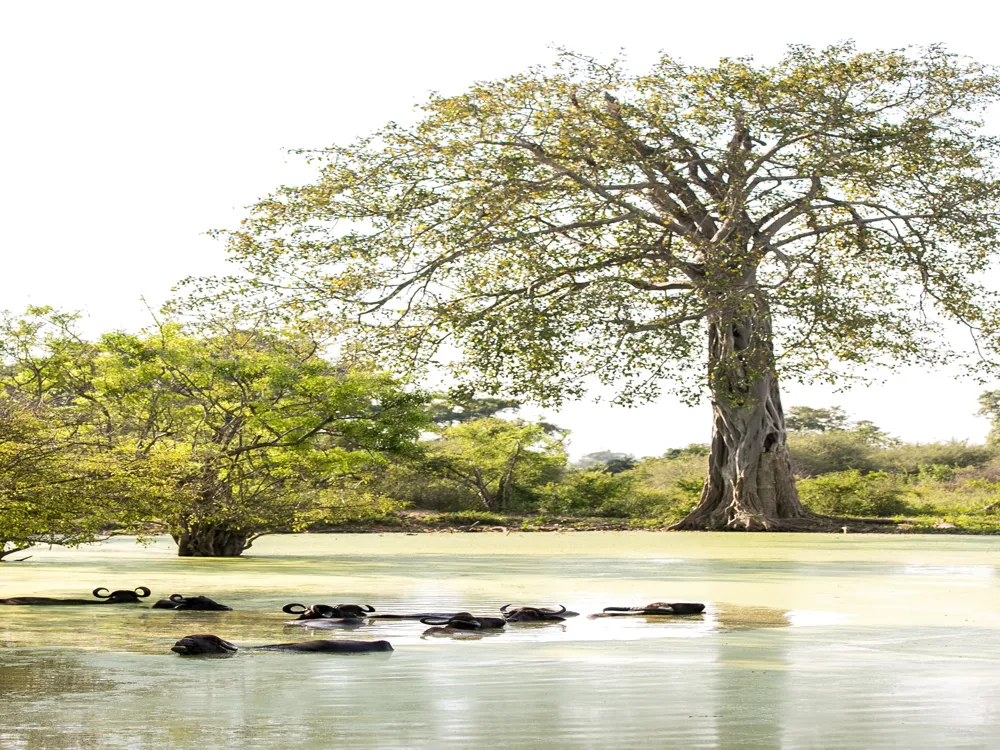Hambantota, a thriving city in the Southern Province of Sri Lanka, is rapidly emerging as a hub of economic and cultural significance. This picturesque locale, known for its natural beauty and rich history, has been transforming into a modern urban center while retaining its unique charm and heritage. Hambantota's strategic location along the southern coast has historically made it a key maritime destination, and this legacy continues as it evolves into a significant player in international trade and tourism.
The city's evolution is deeply intertwined with Sri Lanka's history, reflecting a tapestry of influences from various cultures and civilizations. Initially a small fishing village, Hambantota has grown substantially, spurred by its natural harbor and the development of the nearby Mattala Rajapaksa International Airport. The region is rich in biodiversity, with nearby national parks like Yala and Bundala offering unique wildlife experiences, and its coastlines provide stunning beaches and opportunities for aquatic adventures.
In recent years, Hambantota has seen substantial development projects that have significantly altered its landscape. These include the construction of a large port, an international airport, and numerous urban development initiatives. These developments are not just reshaping the city's infrastructure but also its role in the global economy, particularly in terms of maritime trade, tourism, and investment opportunities.
Despite these modern developments, Hambantota maintains a strong connection to its past. The city's culture is a blend of traditional Sinhalese customs with influences from colonial periods under Portuguese, Dutch, and British rule. This rich cultural tapestry is evident in its local cuisine, festivals, and arts. Hambantota also serves as a gateway to the nearby historic sites of Kataragama and Galle, offering visitors a glimpse into Sri Lanka's diverse historical and cultural legacy.
Hambantota's transformation is a testament to Sri Lanka's broader development trajectory. It represents a balance between modernity and tradition, economic growth, and sustainability. As the city continues to grow, it increasingly attracts visitors from around the world, drawn by its unique blend of natural beauty, rich history, and modern amenities.
The architecture of Hambantota is a fascinating amalgamation of traditional Sri Lankan styles with modern, sustainable design principles. This blend reflects the city's evolution from a quaint coastal town to a burgeoning urban center. Traditional architecture in Hambantota is characterized by its simplicity and harmony with the natural environment. Houses and buildings were historically constructed using locally sourced materials like wood, clay, and palm leaves, featuring open spaces to facilitate natural ventilation in the tropical climate.
Colonial influences are evident in some of the older structures in Hambantota, with remnants of Portuguese, Dutch, and British architectural styles. These buildings often feature thick walls, high ceilings, and large verandas, designed to provide comfort in the hot and humid climate. The use of arches, columns, and intricate detailing in these structures adds a distinct aesthetic that contrasts with the simplicity of traditional Sinhalese architecture.
In recent years, Hambantota's architecture has been undergoing a significant transformation. The city's development projects have introduced modern architectural concepts, focusing on sustainability and eco-friendly designs. The new Hambantota Port, for instance, incorporates contemporary design elements that blend functionality with aesthetic appeal. Similarly, the Mattala Rajapaksa International Airport showcases modern design, using geometric shapes and open spaces to create a sense of movement and fluidity.
This modern architectural approach is also evident in the city's urban planning initiatives. New residential and commercial buildings are being designed with a focus on energy efficiency, water conservation, and minimizing environmental impact. Green spaces and public parks are integral to these projects, ensuring that urban development does not come at the cost of the natural environment.
The architecture of Hambantota is thus a reflection of its journey from a traditional Sri Lankan village to a modern city. It showcases a blend of the old and the new, mirroring the city's ongoing evolution while respecting its historical and cultural roots. As Hambantota continues to grow, its architecture is set to become a symbol of sustainable urban development in Sri Lanka.
The ideal time to visit Hambantota is between January and April when the weather is pleasant with minimal rainfall. This period is perfect for exploring outdoor attractions and enjoying the beaches.
Don't miss out on the local cuisine in Hambantota, which offers a delightful mix of spicy and savory dishes. Try local specialties like seafood curries, hoppers, and string hoppers, often accompanied by flavorful sambols.
Respect local customs and traditions. Dress modestly when visiting religious sites, and always ask for permission before taking photos of people or sacred places.
Hambantota is close to several national parks. Plan a safari to Yala or Bundala National Park for a chance to see elephants, leopards, and a variety of bird species. Early morning or late afternoon safaris are recommended for the best wildlife viewing.
Hambantota offers a range of accommodation options, from luxury resorts to budget-friendly guesthouses. Booking in advance is recommended, especially during peak tourist seasons.
Hambantota is accessible by various modes of transport. The most convenient way to reach the city is by air, landing at the Mattala Rajapaksa International Airport, which connects Hambantota to major cities globally. For those traveling within Sri Lanka, road travel is a viable option. Buses and taxis are available from major cities like Colombo, offering scenic routes along the coast. Additionally, the Southern Expressway connects Colombo to Hambantota, significantly reducing travel time. For a more scenic and leisurely journey, train services are available, though they do not directly reach Hambantota and require a transfer to road transport for the final leg of the journey.
Overview of Hambantota
Architecture of Hambantota
Tips When Visiting Hambantota
Best Time to Visit
Local Cuisine
Cultural Etiquette
Wildlife Safaris
Accommodation Choices
How To Reach Hambantota
Dry Zone Botanical Garden
Hambantota
NaN onwards
View hambantota Packages
Weather :
Tags : Garden & Park
Timings- : 8:00 AM – 5 PM
Planning a Trip? Ask Your Question
Hambantota Travel Packages
View All Packages For Hambantota
Top Hotel Collections for Hambantota

Private Pool

Luxury Hotels

5-Star Hotels

Pet Friendly
Top Hotels Near Hambantota
Other Top Ranking Places In Hambantota
View All Places To Visit In hambantota
View hambantota Packages
Weather :
Tags : Garden & Park
Timings- : 8:00 AM – 5 PM
Planning a Trip? Ask Your Question
Hambantota Travel Packages
View All Packages For Hambantota
Top Hotel Collections for Hambantota

Private Pool

Luxury Hotels

5-Star Hotels

Pet Friendly


















